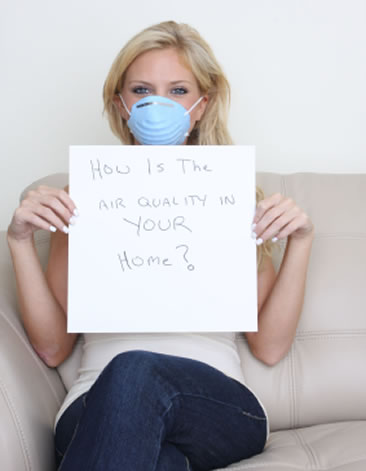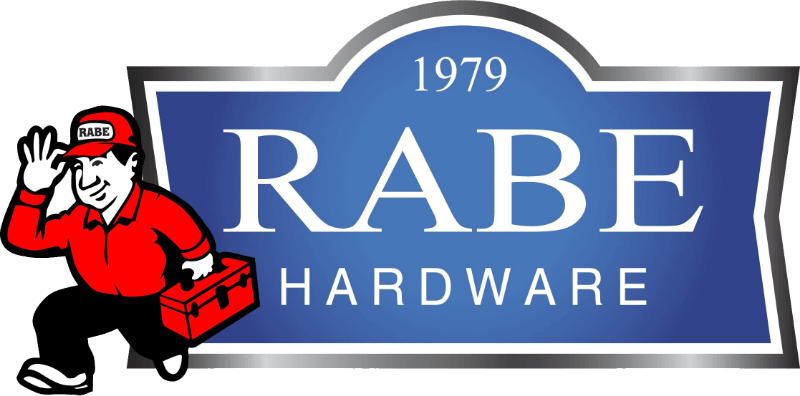Most homeowners today are aware that insulating a new or existing home is effective at reducing home heating costs and energy waste, but with all the advantages to building “tight”, there is at least one significant disadvantage – lack of fresh air. A constant supply of fresh air is important to keeping people healthy, maintaining comfort, and reducing the risk of long-term damage to building materials. Energy-efficient homes – both new and existing – require whole-house ventilation to maintain indoor air quality and what you choose will depend upon your climate, budget, and the availability of experienced contractors in your area.

So what are your options for whole-house ventilation? There are four basic mechanical whole-house ventilation systems — exhaust, supply, balanced, and energy recovery.
1. Exhaust Ventilation: Exhaust ventilation systems work by depressurizing your home. This type of system utilizes exhaust fans, usually in bathrooms and kitchens, to exhaust stale air and moisture out of the building through an exhaust air outlet. While the system exhausts air, the replacement air infiltrates through leaks in the building’s envelope and/or through intentional, fresh air vents. Although this strategy is relatively simple and inexpensive; the disadvantage is that the negative pressure can also pull in radon and other soil gases that we don’t want in the house.
2. Supply Ventilation: Supply ventilation systems use a fan to pressurize your home, forcing outside air into the building and stale air to leak out through holes in the building envelope (bathroom fans, kitchens fans, etc.) A typical supply ventilation system consists of a fan and duct system or utilizes your forced-air system to introduce fresh air into rooms in the home. This type of system reduces the risk of radon and other contaminants from entering the house but could force moisture-laden air into wall and ceiling cavities where condensation and moisture problems can occur.
3. Balanced Ventilation: Balanced ventilation systems, if properly designed and installed, neither pressurize nor depressurize your home. Rather, they introduce and exhaust approximately equal quantities of fresh outside air and polluted inside air. These systems typically have two fans and two duct systems – a fresh air inlet and an exhaust air outlet. Balanced ventilation systems do not moderate or remove moisture from the fresh air before it enters the building therefore they could contribute to higher heating and cooling costs.
4. Energy Recovery Ventilation: Energy recovery ventilation systems are similar to a balanced system but with the added benefit of minimizing energy loss and operational costs. In the winter, they transfer heat from the warm inside exhaust air to the fresh (cold) supply air and in the summer months, the system will use the inside (cold) air to cool the warm supply air. There are two types of energy-recovery systems: heat-recovery ventilators (HRV) and energy-recovery ventilators (ERV). Both types include a heat exchanger, one or more fans to push air through the machine, and controls.
- HRV units are designed to transfer heat only from the stale air being exhausted from the house into the fresh air being brought into the house. This type of unit will tend to dry the air in a house throughout the winter and bring humid exterior air into the house in the summer.
- ERV units, on the other hand, transfers moisture as well as heat from one airstream to the other, keeping more of the desirable humidity in the house in the winter and reducing the amount of humidity introduced from outdoors in the summer.
Always remember… Insulate Tight, Vent Right!
